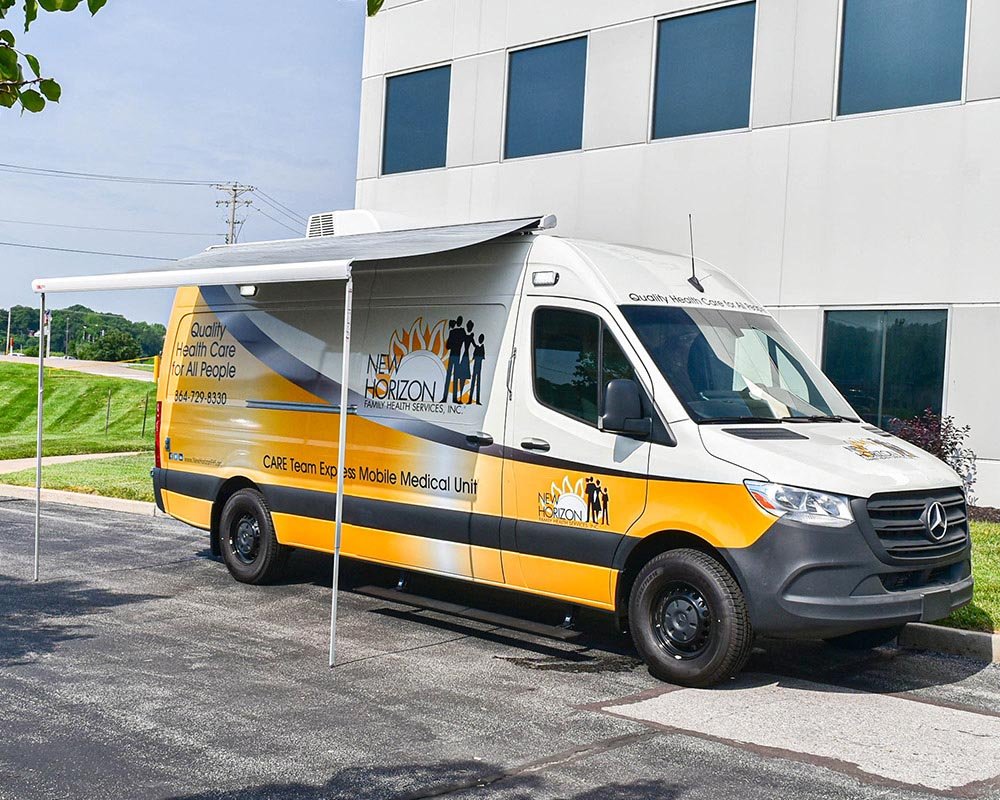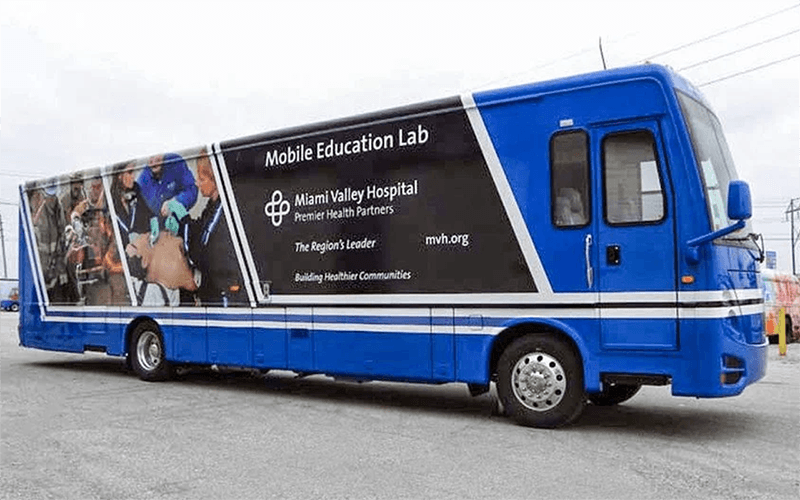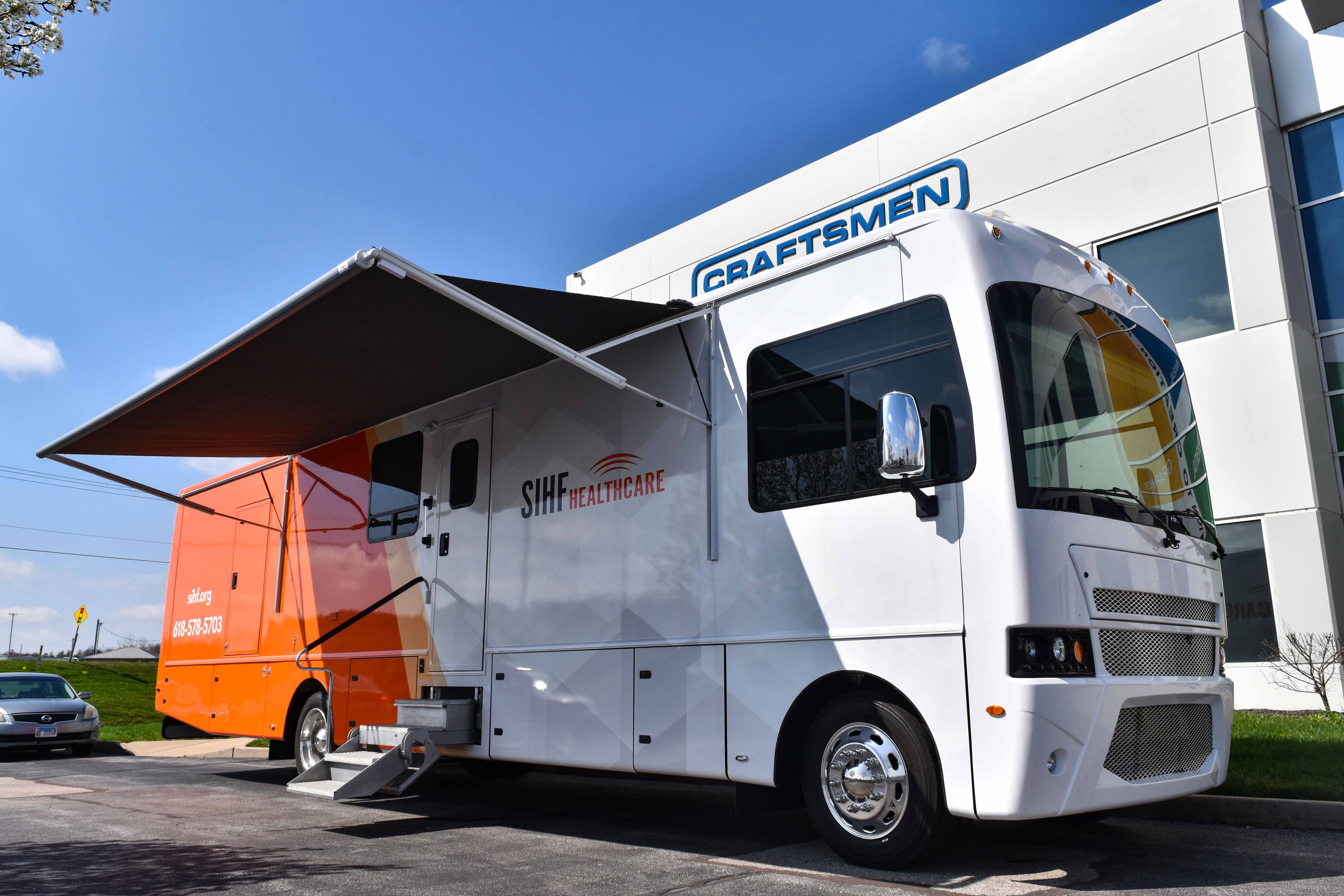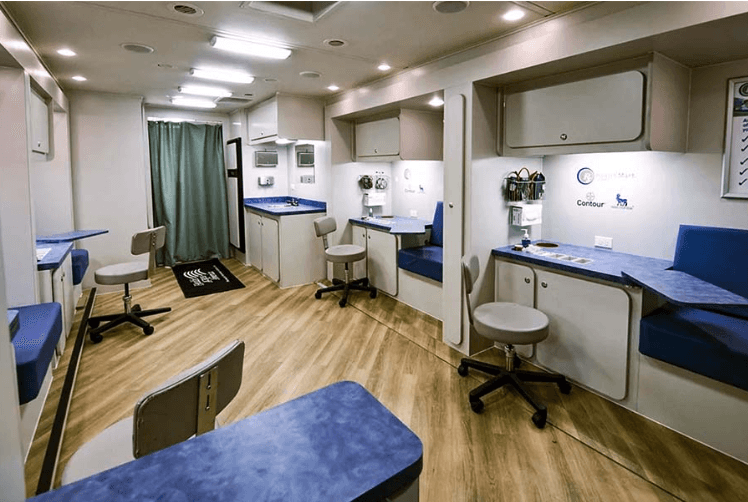How Mobile Medical Trailers are Improving Healthcare
Traditional healthcare within the United States consists of a network of providers located in clinics, hospitals, and offices. For many insured...
5 min read
Craftsmen Industries Aug 5, 2025 5:45:53 AM

Buying a pre-owned mobile medical unit can significantly reduce costs for healthcare providers, but poor evaluation can lead to expensive repairs, compliance issues, or operational downtime. Clinics, hospitals, and outreach programs often rush to make purchases to meet urgent deployment needs, only to later face hidden maintenance problems or regulatory noncompliance. Evaluating a used medical unit correctly ensures safe, reliable, and cost-effective mobile healthcare delivery.
A refurbished or previously used mobile medical unit designed for diagnostics, treatment, or outreach services.
A pre-owned mobile medical unit is a mobile medical clinic that healthcare organizations or outreach programs have previously used. These units vary in size and function, ranging from simple Mobile Medical Vans to fully equipped Mobile Medical Coaches and imaging centers with X-ray or MRI systems.
Used units can be significantly cheaper than new builds, sometimes 30–50% less, but they require thorough inspection to ensure they meet medical, mechanical, and regulatory standards.
Follow the given steps to evaluate a pre-owned mobile medical unit:
A complete structural and mechanical check to confirm roadworthiness and usability.
Start by inspecting the vehicle's exterior and interior condition:
Ask for maintenance logs and repair records. Units with regular servicing and a history of no major accidents are safer investments. A professional mechanical inspection is recommended before purchase.
Ensuring onboard devices function correctly and meet safety standards.
Pre-owned mobile medical units often feature diagnostic or treatment equipment, including imaging machines, ECGs, and sterilizers. Evaluate each device by:
Replacement or recalibration of high-value equipment, such as MRI or CT scanners, can cost tens of thousands of dollars. Confirm these systems are functional to avoid unplanned expenses.
Reliable power and climate control are essential for medical operations on the move.
For larger units like a Mobile Medical Trailer, HVAC capacity and generator runtime are critical to maintaining medical-grade interior conditions during field deployments. Check:
Inefficient power systems can lead to downtime and unsafe conditions during outreach programs or field deployments.
Sanitation and water safety have a direct impact on the quality of patient care. Inspect:
Leaks or failing waste systems can pose environmental hazards and result in regulatory fines.
Meeting state and federal standards ensures legal operation and patient safety.
Mobile medical units must comply with:
Request inspection certificates or documentation that proves past compliance. Non-compliant units may require costly retrofitting before they can be used.
A functional layout supports efficient patient flow and medical staff operations. Analyze:
Consider future expansion needs or planned service offerings (e.g., dental, vaccination, imaging). Poorly designed layouts reduce efficiency and patient throughput.
Modern mobile healthcare depends on reliable data systems and communications. Inspect:
Upgrading IT infrastructure can be costly. Confirm that existing systems meet your operational needs.
Age and usage impact mechanical reliability and long-term operating costs.
Well-maintained older units can still offer excellent value if they have solid maintenance records.
Factor in more than just the purchase price to avoid hidden expenses. Calculate:
A lower upfront cost may lead to higher long-term expenses if the unit requires major repairs or retrofitting.
External presentation impacts patient trust and community perception. Check for:
A clean, well-presented unit with fleet graphics and branding enhances the mobile clinic's reputation and patient comfort.
Ensuring real-world readiness before making a purchase commitment.
Simulating real usage reveals hidden problems that static inspections might miss.
Avoid units with multiple red flags unless refurbishment costs are included in the purchase negotiation.
A thoroughly evaluated unit can serve as a reliable and cost-effective mobile clinic, extending healthcare reach without overstretching budgets.
Inspect the chassis, engine condition, mileage, and structural integrity. Evaluate medical equipment functionality, interior layout, and sanitation compliance. Verify that electrical, plumbing, and HVAC systems operate efficiently for safe medical use.
Request detailed service records, including past repairs, part replacements, and scheduled maintenance. Check for consistent inspections and certifications. A complete maintenance history ensures reliability and reduces the risk of unexpected breakdowns.
A quality unit should include essential diagnostic devices, treatment tables, sterilization tools, and patient monitoring systems. Confirm that all equipment is certified, calibrated, and compatible with your intended medical services.
Verify adherence to healthcare regulations such as ADA accessibility, sanitation standards, and medical waste disposal compliance. Check local licensing requirements and review certifications to ensure the vehicle meets operational legal standards.
Look for rust, water damage, worn tires, and electrical malfunctions. Inspect flooring, cabinets, and medical equipment for heavy wear. Hidden issues may include outdated wiring or non-functional utilities affecting long-term performance.
Evaluating and purchasing a used mobile medical unit requires technical expertise and knowledge of compliance regulations. A thorough inspection covering mechanical, medical, and regulatory aspects ensures long-term operational success.
For professional guidance and access to fully inspected, ready-to-deploy mobile medical units, contact the craftsmen team today to secure a safe, cost-effective solution for your mobile healthcare program.

Traditional healthcare within the United States consists of a network of providers located in clinics, hospitals, and offices. For many insured...

Mobile medical coaches are vehicles medically equipped to aid in underserved or otherwise inaccessible areas. If you are looking to purchase a mobile...

Innovations in healthcare delivery have led to the emergence of mobile medical vehicles, often serving underserved communities and remote areas....